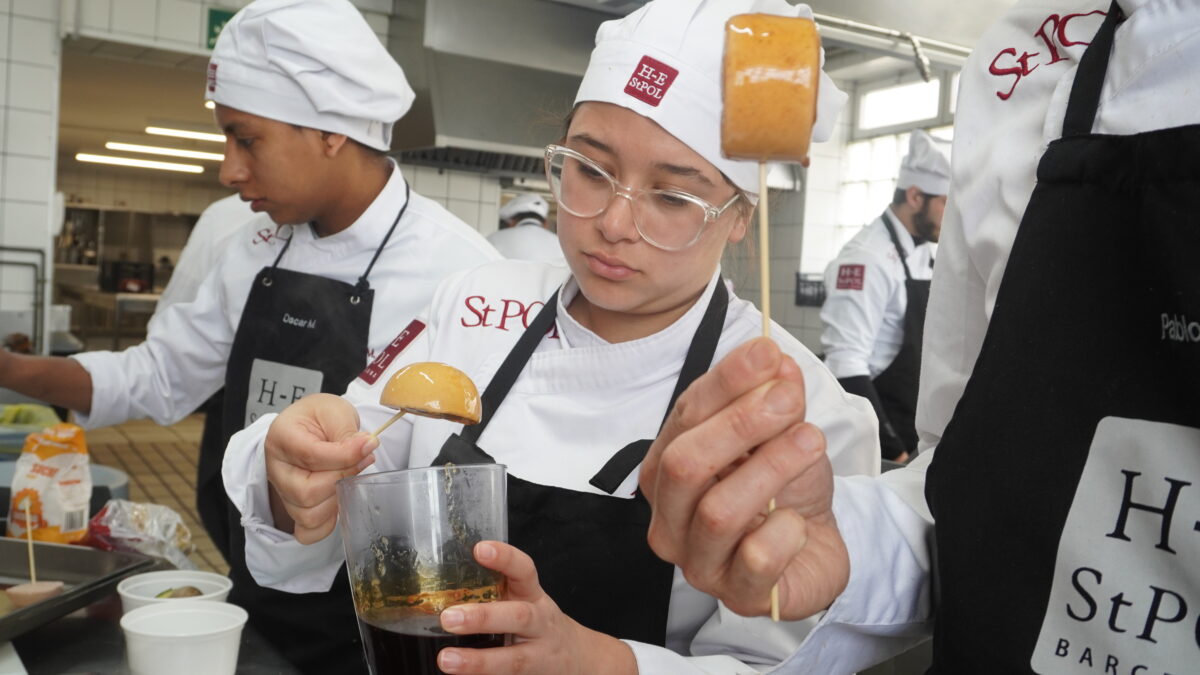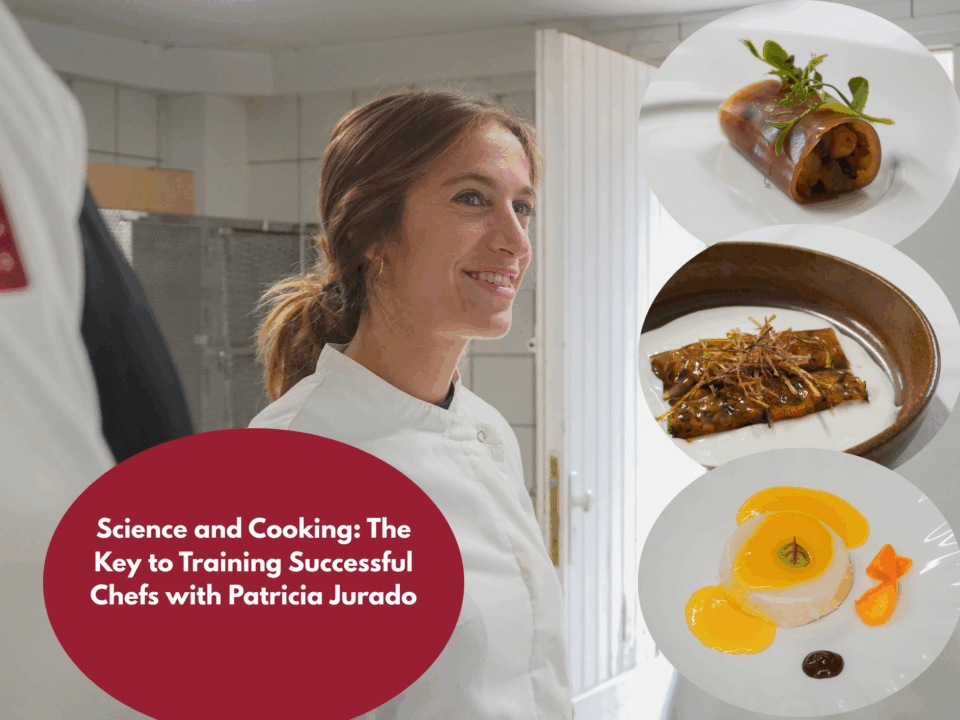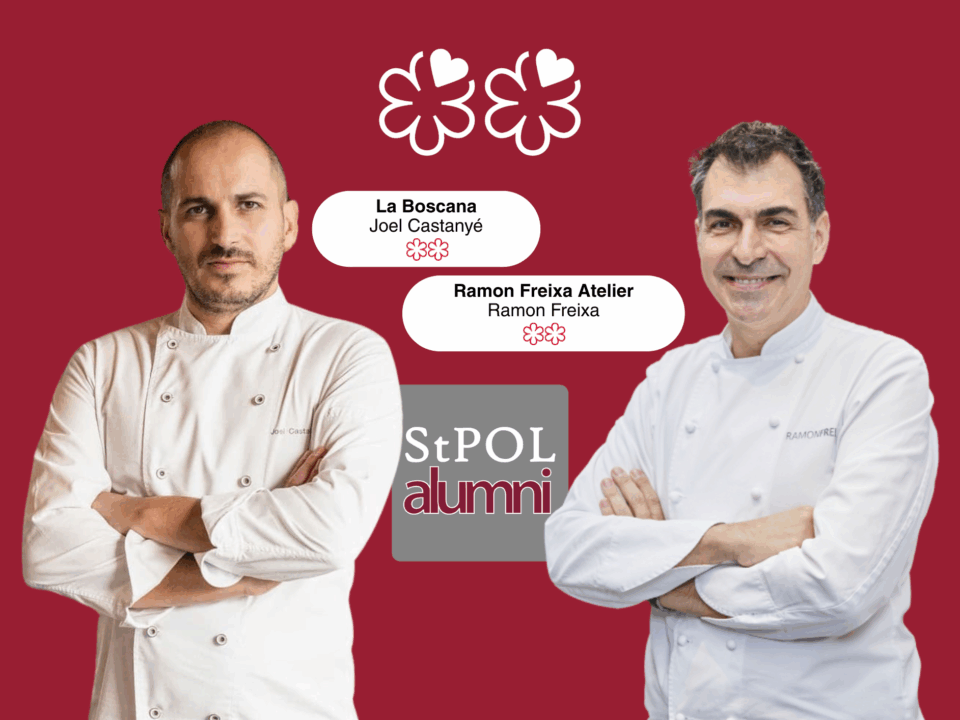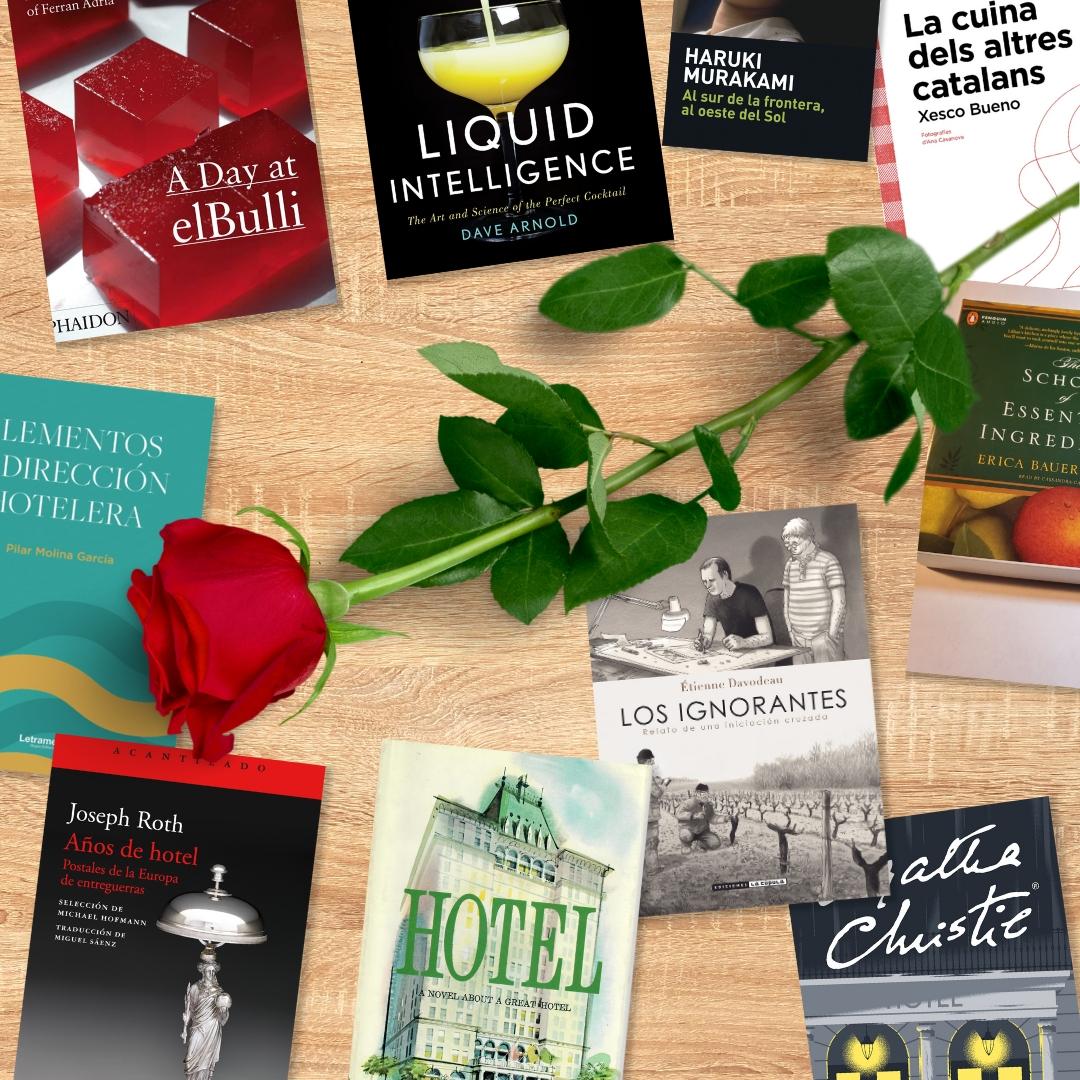
10 books about hotels and restaurants
20 April, 2023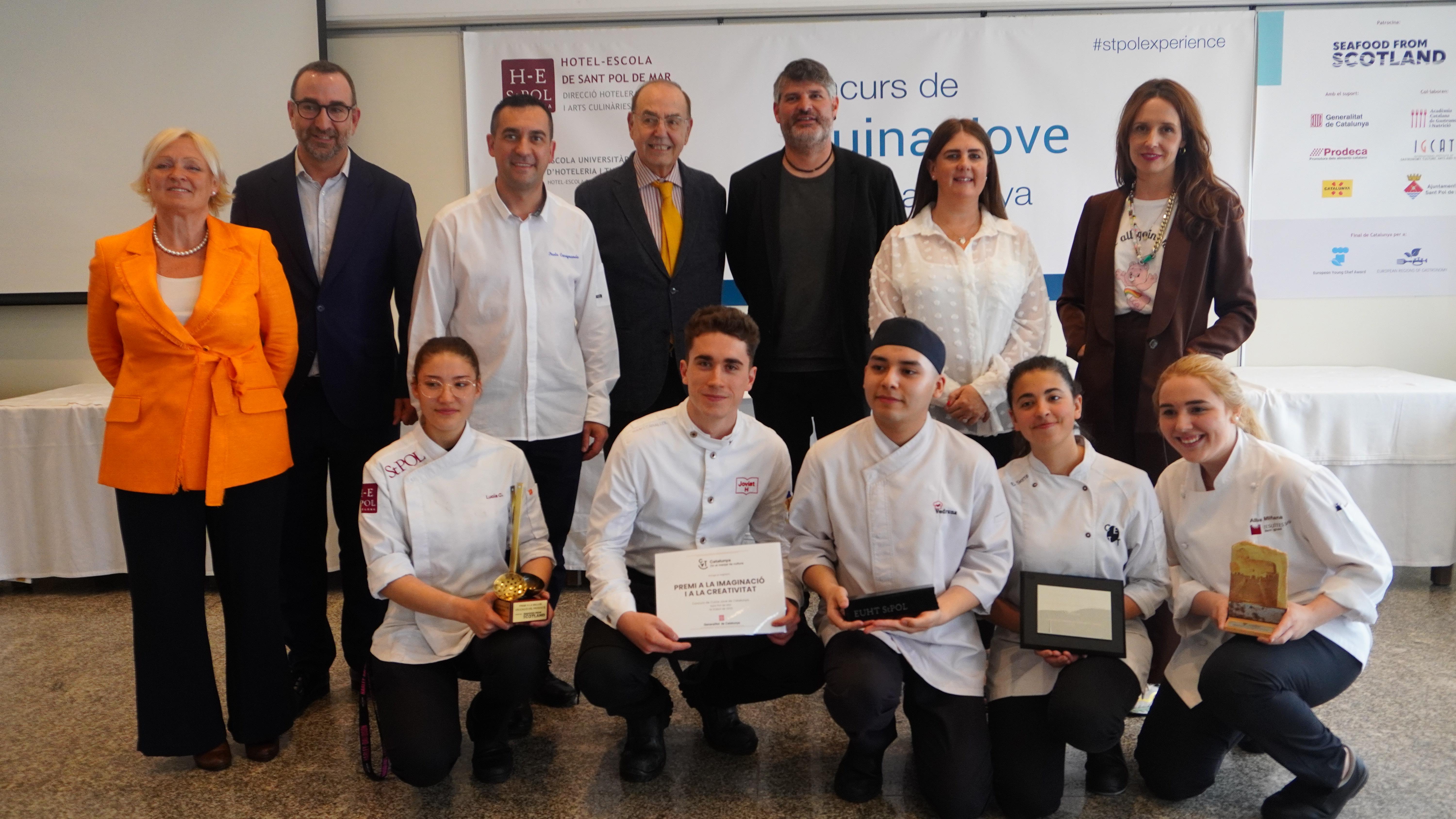
Osvaldo Sejas wins the Catalan Young Chef Award with his “Tribut als Pèsols Ofegats”
16 May, 2023Do you know how to use liquid nitrogen in cooking? Could you identify season wild herbs and mushrooms and put them to the best use in your recipes? And do you know how to sell a story through a restaurant menu? These are some of the questions that our students of the Master in Culinary Arts, Innovation and Kitchen Management of EUHT StPOL will answer when they finish their studies.
Here you have a teaspoon taste of what you might find.
Molecular kitchen
Surely you have heard the words spherification or gelation. Well, these two techniques are examples of molecular cooking, which is, the exploration of the physical and chemical properties of food to warp its shape, density or texture. This is very useful if you want to combine different flavors that sometimes are difficult to put together due to the physical limitations of the ingredients.
Liquid nitrogen
Extremely cold liquid nitrogen is precisely one type of application in molecular cooking. Lowering the temperature to -196º C, allows you to create unique textures by instantly freezing different types of food. It can also be used to create flavorful foams, lower the temperature of an ingredient to prevent overcooking, or even break solid food down into smaller pieces. The founder and director of Vakuum, Martin Lippo, is conducting a series of sessions to explain how best to apply liquid nitrogen in the kitchen.
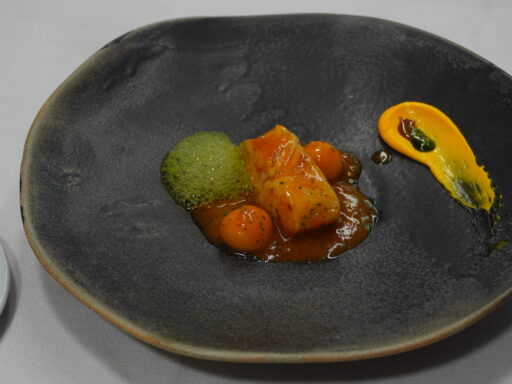
Texturizers
Starches, jellies, gums, emulsifiers, and others. Cooking texturizers are ingredients that are used to modify the texture of food, either to make it thicker, creamier, softer, or crunchy.
Gastrobotanics
Being familiar with the flora around us is a highly valued skill in the kitchen, especially when this knowledge is accompanied by a good application technique. It is not just about identifying each plant or mushroom, but also knowing how they best match a specific preparation of a dish. For instance, knowing the properties of a certain fungus can provide a larger control over the shape, texture or aroma we want to create. Evarist March, biologist and adviser to top-tier restaurants such as El Celler de Can Roca, is a specialist in identifying wild flora and edible fungi and a professor in our master’s.
Zero Waste
If we want to manage a sustainable business it is essential to get the most out of the raw ingredients we will work with. This is one of the classes that our students will have with Irene Flores, a research chef who has worked in R&D at elBulliFoundation and El Celler de Can Roca, and a former student of EUHT StPOL. The point of these sessions is to approach aspects such as meal planning, composting, recycling and smart bulk-buying.
Concept creativity
At EUHT StPOL we are also hosting master classes from top haute-cuisine stars such as Oriol Castro, chef of Disfrutar** restaurant in Barcelona; Ramón Perisé, chef at the Mugaritz** restaurant in San Sebastián; or Michelle Greenwald, marketing executive and innovation consultant with experience in large food international companies such as Pepsico, Nestlé or Disney.
Every year we host at least 7 master classes by chefs managing Michelin-starred restaurants or being top-culinary experts at a national and international level. Here you can check the list of our regular collaborators.
If you want to stay up to date on the contents and master classes of the EUHT StPOL Master in Culinary Arts, Innovation and Kitchen Management, follow us on Instagram!

